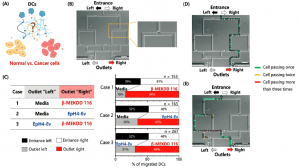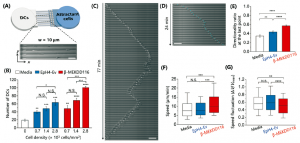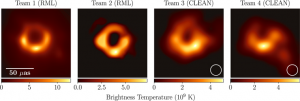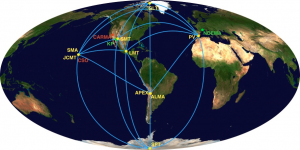
South Korean researchers have recently shown that immature dendrite cells undergo chemotactic migration through microfluidic mazes preferentially towards healthy or cancerous cells versus cell-free medium. The new research findings, published in a Lab on a Chip article, come from Cho’s group at the Institute for Basic Science, Grybowski’s group at the Ulsan National Institute of Science and Technology, and Jeon’s group at the Pohang University of Science and Technology.
Chemotaxis is the movement of cells towards or away from chemical stimulus (attractants or repellents, respectively). Bacteria accomplish this through biased ‘random’ walk cycles, where the cells use their flagella to move in a given direction, then stop and sense whether they have moved up or down the stimulant’s concentration gradient to determine subsequent reorientation and straight-line translation. Migration towards attractants by dendrite cells (surveillance agents and messengers for the immune system) is well documented for mature but not immature dendrite cells.
In this study, immature cells were allowed to migrate towards cell medium (control), EpH4-Ev healthy cells or beta-MEKDD 116 cancer cells. In one experiment series, comparisons in migration were evaluated by allowing the immature dendrite cells to migrate from a single inlet towards either of two outlets that contained two of the three cell attractants. Attraction bias was clearly shown to be (beta-MEKDD 116) > (EpH4-Ev) > (cell medium). In another series of experiments, different cytokines drawn from the cancerous beta-MEKDD 116 cells were compared, and the protein Gas6 was found to have the largest attractive effect. Large numbers of replicate analyses allowed the authors to nicely quantify the confidence limits that applied to their results.


 The second shows the location of the different observatories in Europe, North and South America, Hawaii and Antarctica that were teamed together for the effort (image from Figure 1 of
The second shows the location of the different observatories in Europe, North and South America, Hawaii and Antarctica that were teamed together for the effort (image from Figure 1 of  change appreciably from day to day, as shown below (image from figure 15 of
change appreciably from day to day, as shown below (image from figure 15 of